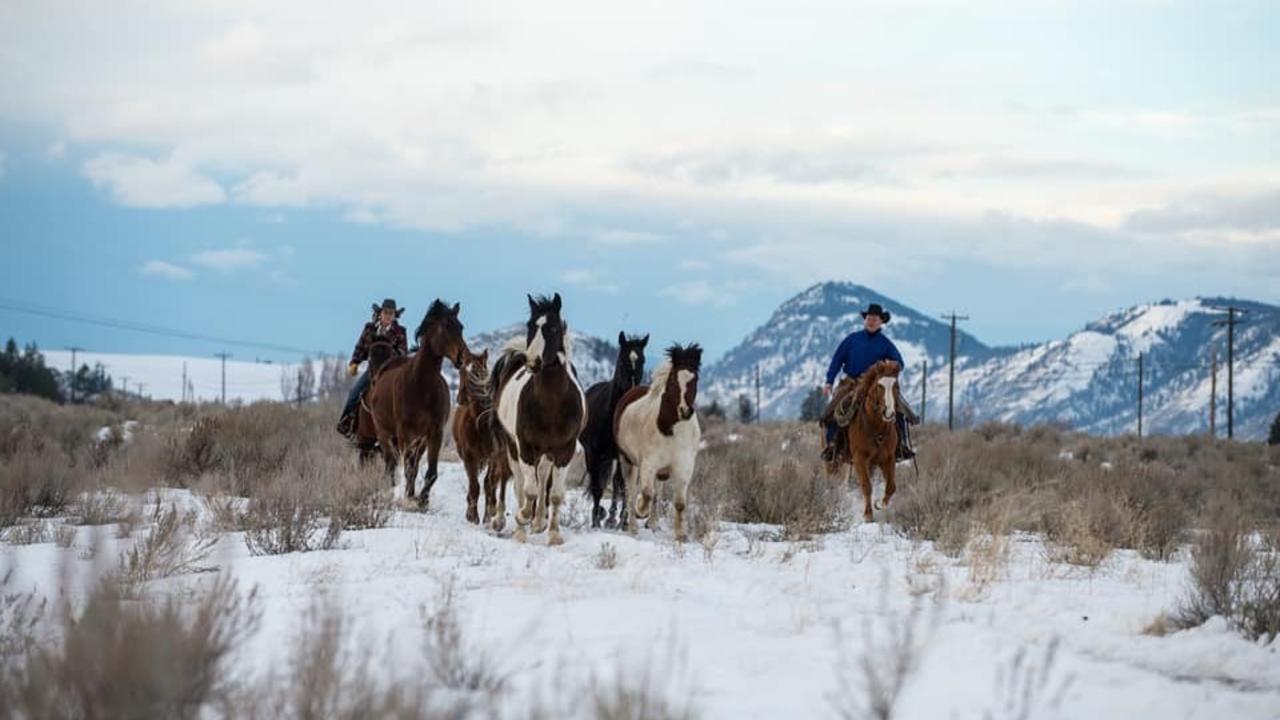Horse Obstacles Are No Longer an Issue

Horse Obstacles Training: Step by Step
It doesn’t matter what discipline you are in, your horse will have obstacles to face... even if it’s the trailer ride to get there.
Obstacles are a good way to establish leadership, build confidence, and teach your horse to read patterns. I like to use a variety of obstacles but as I approach each obstacle, I only have one goal in mind — reward the try.
By consistently rewarding the try and not pushing them over each obstacle on the first approach, you will build confidence in your horse. He will gain confidence in me knowing that I won’t put him into a situation that will harm him, and confidence in himself by conquering scary things.
Two Most Common Training Mistakes
Here are two mistakes I see most often:
1. In the first scenario, Jill camps out at one obstacle with the attitude that her and her horse are going to go over it, even if it takes all day. The positives of this approach is it will show her commitment and leadership as well ...
Riding On a Loose Rein 101

How To Perfect Your Riding On a Loose Rein
We are all trying to get our horses to that finished level. I find the easiest horses to ride are the ones that guides on a loose rein or stay between the reins without contact.
To me, a finished horse is one that does not lean on any type of pres-sure. If they do not lean on the rein or the leg, we will have a horse with a soft face and one that moves freely and willingly.
There is also another type of lean — leaning while guiding in the arena. To discover where a horse is leaning, we must turn them completely loose from our hands and see if they will stay between the reins.
I find one of the hardest things to accomplish is riding on a loose rein. I teach this to a horse before I ever start collection or riding with contact. If they can stay between the reins on a loose rein, it will be much easier to begin to ride with contact.

The Best Exercise For Riding On a Loose Rain? Stay On The Rail Exercise!
Before I begin to teach any guid...
How To Stop a Horse? 3 Fundamentals For The BIG STOP

Wondering How to stop a horse? Kade Mills breaks down the three fundamentals to achieve the desired result.
There are three different ways to stop your horse. We can stop from the reins, from the word “whoa,” and lastly from our seat and pushing in our stirrups.
Teaching our horse all three ways will ensure a great stop. I have always been taught the key to teaching a horse to stop is a soft and smooth back up.
How To Stop a Horse: Step One
First I teach him to give his face and give me a few steps back then I will start to engage his body using my legs. It takes time to teach our horses to add speed in the back up but is a great tool to keep them soft.
I always use the order face, body, then speed. They must yield all three to have a complete back up and stop. Once they understand the timed release, we can teach each one individually.If we first start with the face, it allows us to pull on them to engage the body and move their feet. If they are stiff in the face, they wil...
Horse Training - 3 Most Common Mistakes

Horse Training Is a Delicate Dance
You spent weeks and weeks in horse training schools, clinics, and watched hundreds of horse training videos to learn new techniques of communication to help guide your horse, but still struggling to get results. Guess what? You are not the only one.
As horse trainers and experts with more than 20 years of experience, we have seen many common horse training problems, that prevent individuals from mastering the art of communication with their horse.
Check out our online horse training program, camps, clinics and more.
Here are the three most common mistakes we see students in our online horse training schools struggle with:

1. Moving On Too Quickly
Often, we are simply going quickly through the motions with our horse but not slowing down to allow the horse training to become a part of the horse’s memory.
Your goal is to have the horse stop resisting and become submissive so they are no longer looking for a way out. They need to accept your tra...
Our first steps in fixing a problem!

He has never acted like this! Never bucked a day in his life! Been doing that since last week. We believe there is two things that can change a horse’s performance behaviour... pain and dominance. We have found in most cases its one or the other or both.
In most cases, horses want to please you. It is un-natural for them to have a normal pattern or performance record and then all of sudden break it. An easy example for me to use would be refusing to enter the arena, refusing a jump or obstacle, ducking out, bucking or any other out of ordinary behaviour that developed suddenly.
When a problem horse comes to us, the first thing we want to check is their pain/health. Are they body sore? Sharp teeth? Poor fitting equipment? Anything that could be causing the horse pain when we are asking them to perform a certain activity. After we have checked for soreness we move on to their attitude, if pain isn’t the problem 9/10 times dominance is. This is where our program works its magic! We st...

